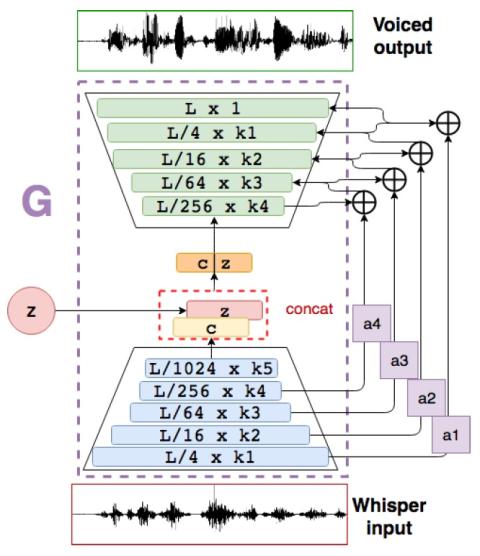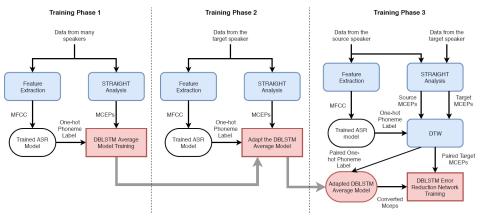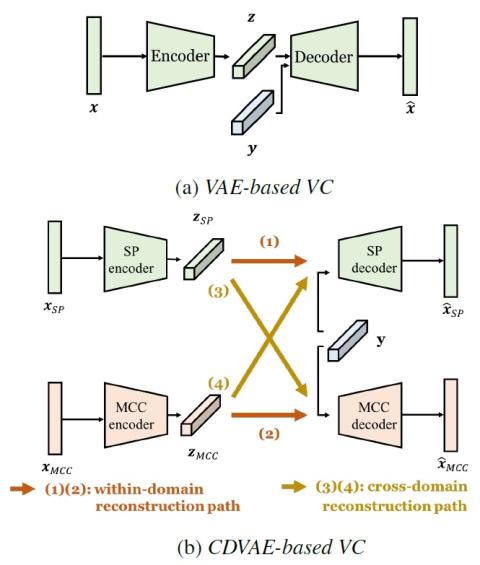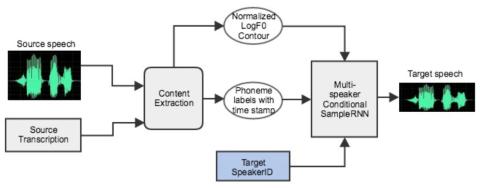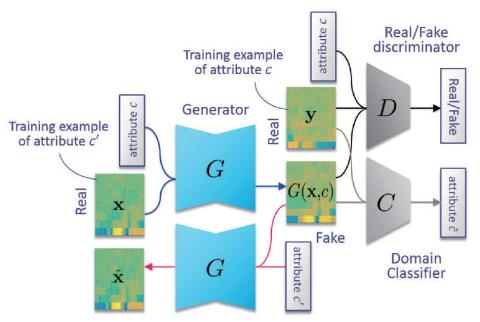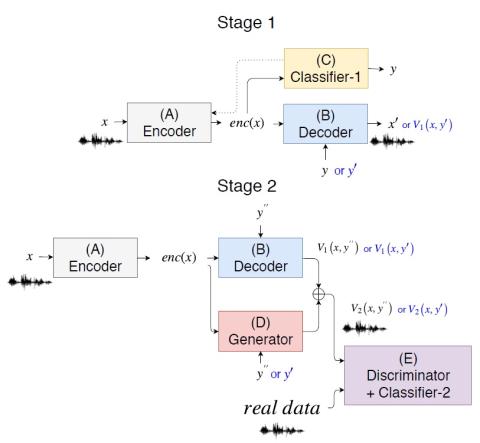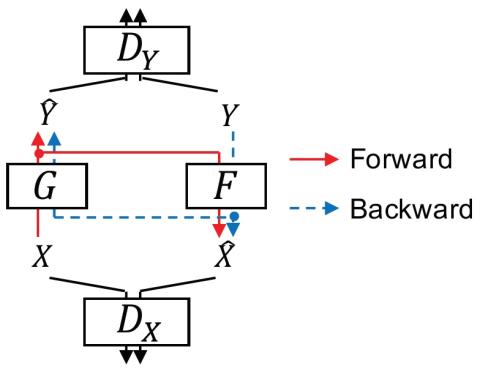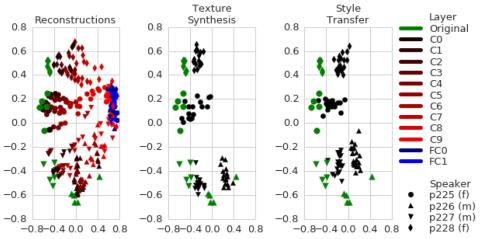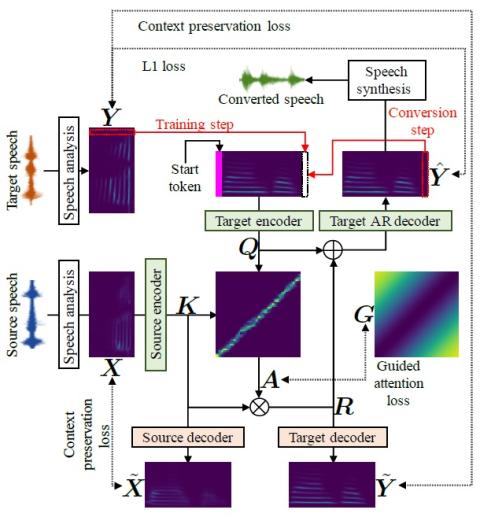
AttS2S-VC: Sequence-to-Sequence Voice Conversion with Attention and Context Preservation Mechanisms
This paper describes a method based on a sequence-to-sequence learning (Seq2Seq) with attention and context preservation mechanism for voice conversion (VC) tasks. Seq2Seq has been outstanding at numerous tasks involving sequence modeling such as speech synthesis and recognition, machine translation, and image captioning. In contrast to current VC techniques, our method 1) stabilizes and accelerates the training procedure by considering guided attention and proposed context preservation losses, 2) allows not only spectral envelopes but also fundamental frequency contours and durations of speec...

